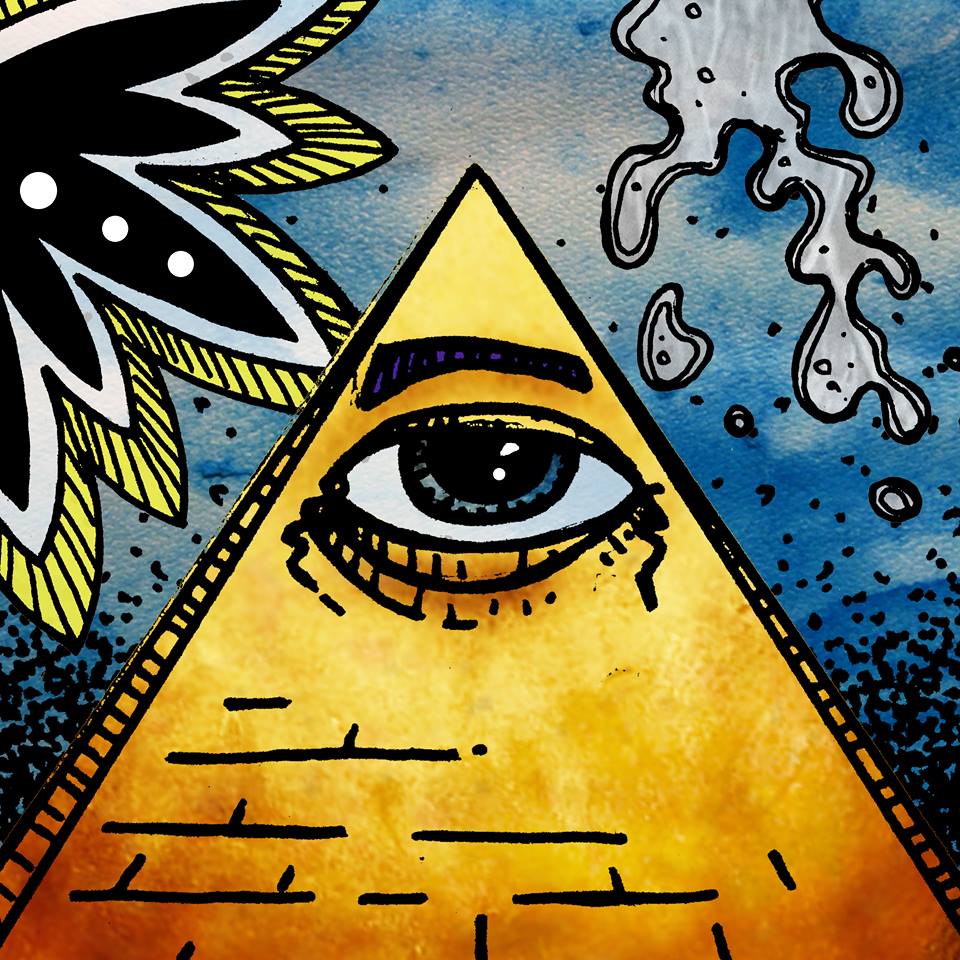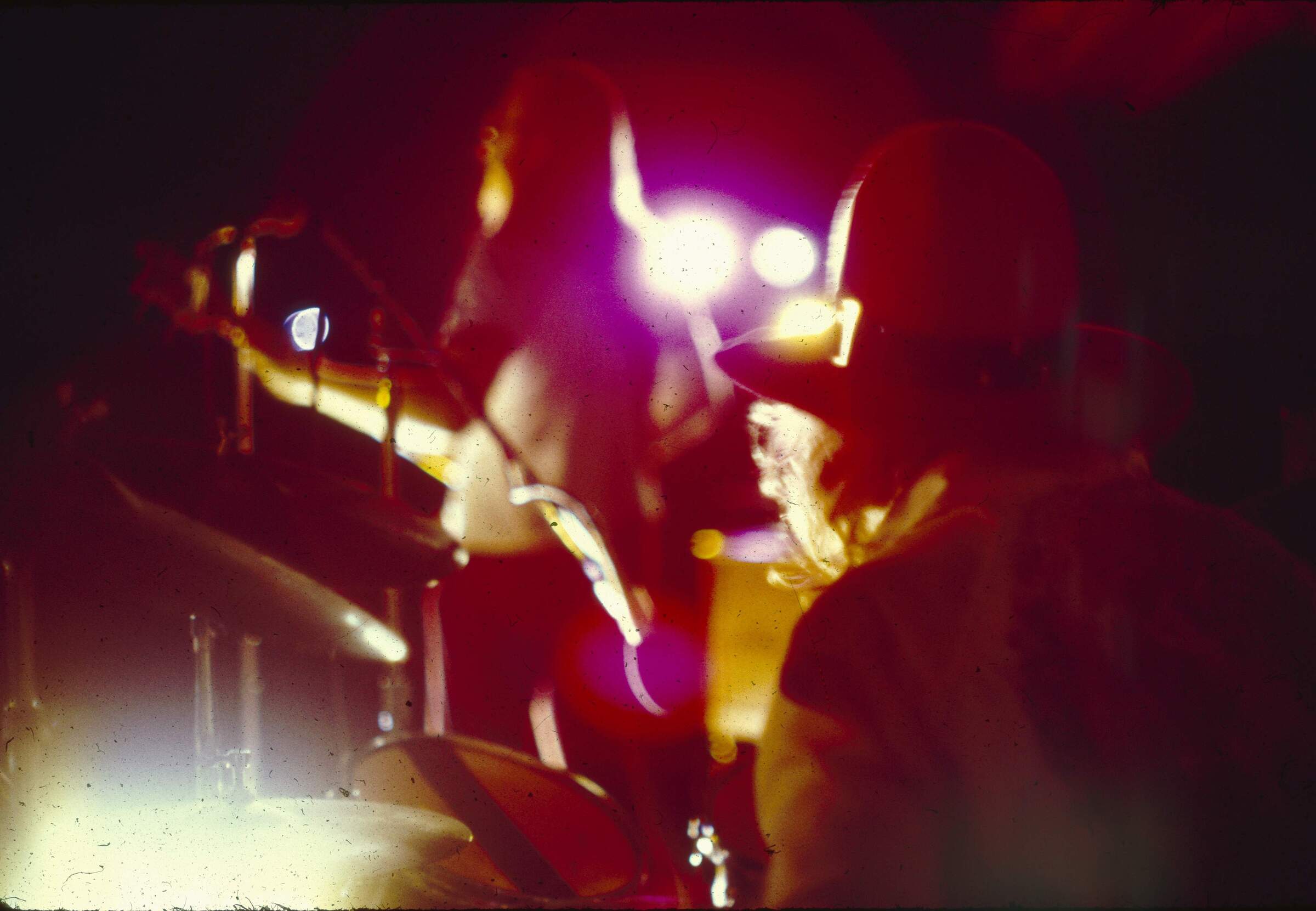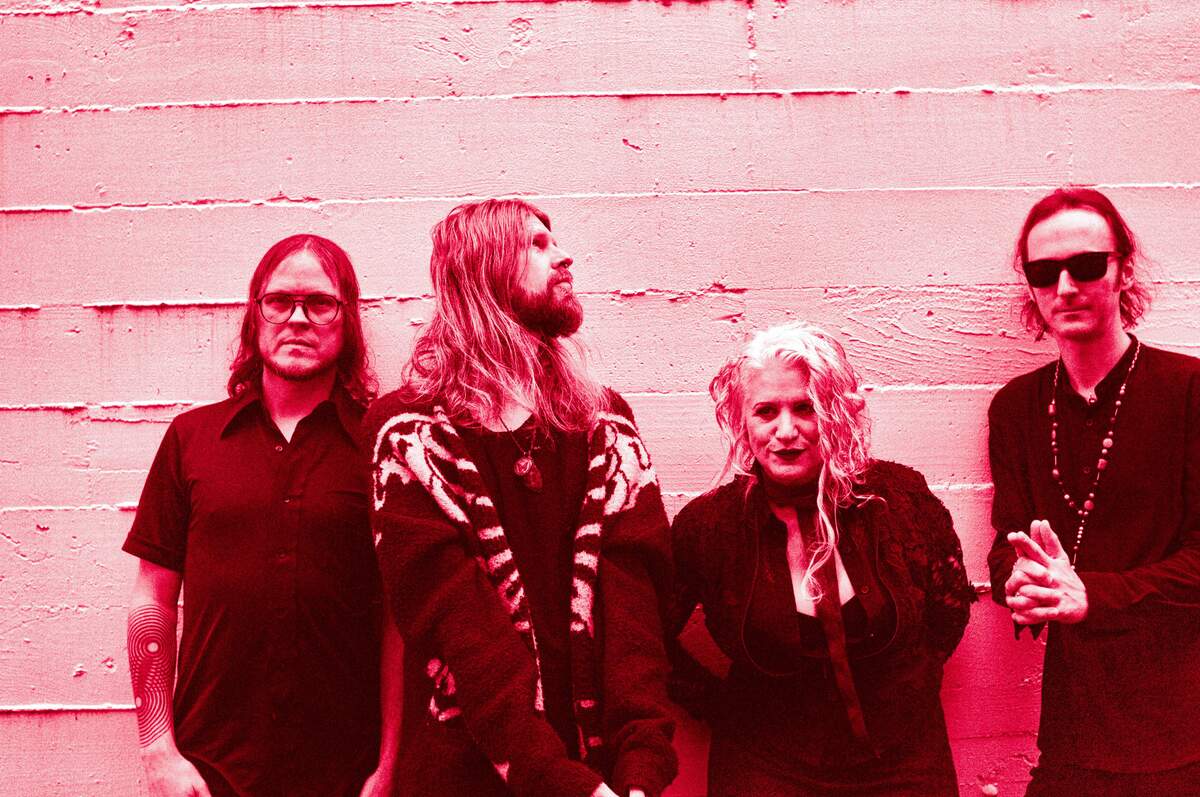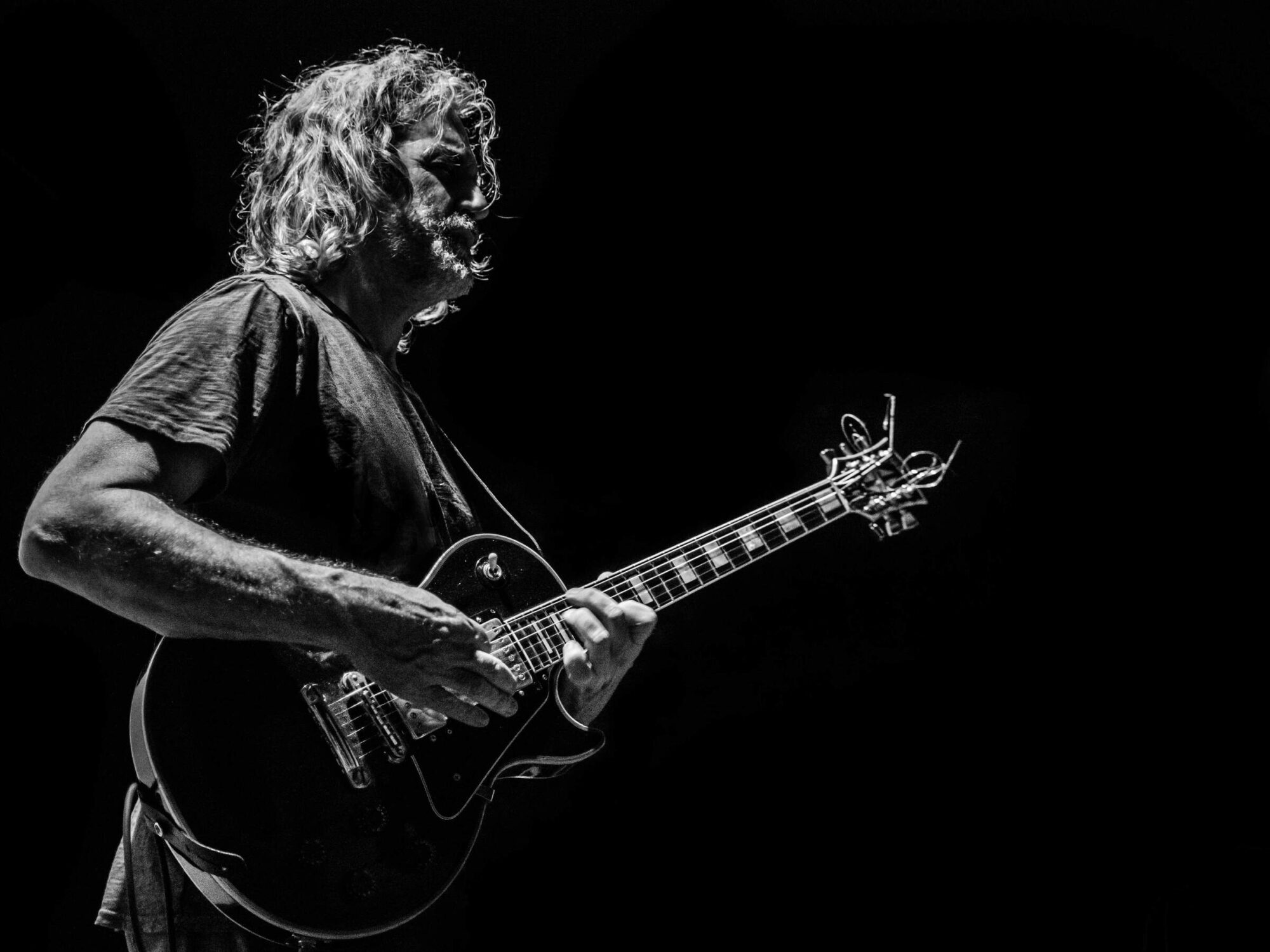Peter Morén (of Peter, Bjorn and John) | Interview on SunYears’ ‘The Song Forlorn’
Peter Morén’s SunYears project has settled into a rich, self-aware pocket, finding a comfortable distance from his past work’s intensity.
The new record, ‘The Song Forlorn,’ carefully opens a collection of delicate, yet unvarnished, folk-rock observations on the tricky business of getting a bit older.
As a member of Peter Bjorn and John, this solo effort is a fascinating view of his other musical side. It’s definitely not an album calling out for past youthful angst, but what we have here is the very real shock of middle-aged weariness. Morén faces down anxiety attacks and sprained joints, turning them into solid musical structures. The standout, ‘The Body,’ featuring Nicole Atkins, perfectly illustrates this. It’s not a polite alt-folk duet but more of a garage-pop explosion, if you like, built on a core of vulnerability. Their combined voices sound like two battle-scarred friends fighting for the chorus in a late-night booth, a communal shout against life’s sudden edges. Morén finds therapy in this act of turning private panic into public song, a necessary finessing of his personal ramblings into something others can hold a mirror to.
He understands that collaboration brings an essential heat his solitary writing lacks. Working with Atkins, Lisa Hannigan, and Madison Cunningham was about capturing that spark that only happens when people get together. For Morén, who also recently produced Robert Forster, the SunYears space is defined by its limitations: a shoestring budget and a strict focus on live performance, guitar work, and a natural flow of writing. This self-imposed restraint paradoxically grants him the freedom to be his most honest self.
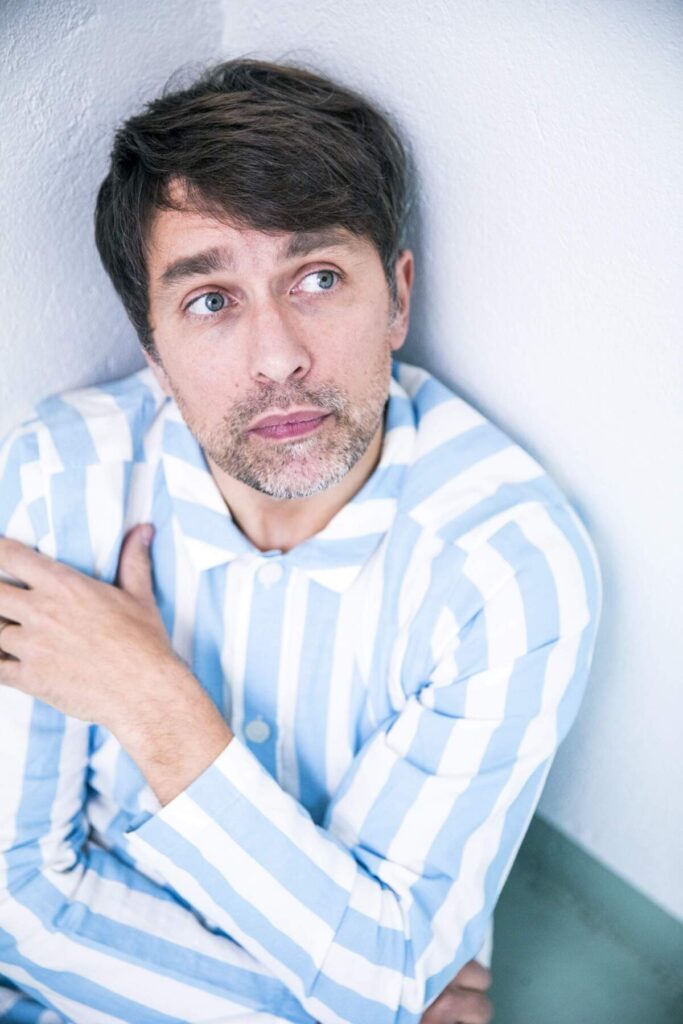
“SunYears is a space where I let the songs come uninhibited.”
‘The Body’ feels like a powerful track that gets right to the core of aging and health. You’ve mentioned before that songs can be a form of therapy for you. Can you talk about how confronting these really personal, vulnerable topics in your songwriting has changed your creative process over the years?
Peter Morén: Good question. Actually, I think it just comes naturally to tackle things that way. In song. Work-songs are harder for me, where I have to find a subject less on instinct. Then it takes time. When a subject just presents itself, sometimes before the music and therefore informs it, it’s usually because there’s something I need to process, and to me that’s always been done in song, like being my own shrink in a way. Then maybe it’s more of a question of rewriting and making it a proper song and not just personal ramblings. You might need to finesse it a bit, so to speak, make it slightly more poetic, though the rawness can also be an attraction. And sometimes you don’t want it to be too personal. The personal still has to be something that can hold a mirror to others’ feelings and experiences.
You’ve got some great collaborations on this album, especially with Nicole Atkins on ‘The Body.’ How did her voice and her own experiences influence the final version of that song? It feels like your voices really become one in that track. What was it like creating that specific dynamic?
I’ve known Nicole for many years, and that’s why I knew she would fit this song with her particular energy. Also, she’s had some experiences of her own that fit with the lyrics, and she told me about that beforehand. So it felt natural. For most of the guest vocals, I didn’t record directly with the singers since they’re from all around the world, obviously. The music was done first, and I put down vocals and then told the guests to sing through the whole song and also do harmonies if they felt like it. I then sat with an engineer and arranged it all. With Nicole, just as you say, I didn’t want it to be a clear duet, more like we were battling it out at karaoke late at night. Maybe I had in mind that we had done just that in Nashville not that long ago.
You’re an experienced producer now, having recently worked on Robert Forster’s album. When you’re in the producer’s chair for someone else, does that perspective change how you approach your own work? Does it make it easier or harder to be objective with your own songs?
I do think working on other people’s records, even if I’m just playing on them, gives a lot of different experiences and knowledge of recording and arranging that I can apply to my own projects. Sometimes it’s even a question of picking up on things that might work for this but wouldn’t work for me. So in that sense, you might narrow down your choices before getting down to it, which makes it easier. Also, even though I’m the main producer on the SunYears records, I don’t do them in solitude. I always work closely with the musicians, engineers, and singers. So it feels like a group effort, and I can feel when something flies or not just because of the atmosphere in the room. Also, just playing a song for a singer or a musician you really deeply respect and getting the thumbs up means I can rest assured that, to begin with, the songs are there!
SunYears feels like a really intimate project for you. How does your work with SunYears compare to your other projects, like Peter Bjorn and John or your work with other artists? Is there a particular creative space or freedom that this project gives you?
SunYears is a space where I let the songs come uninhibited. It started during the pandemic, where I felt in solitude. I kind of reconnected with how I wrote in my mid-twenties and even earlier, when I didn’t think about the career or a specific record or project. It’s just a natural flow of writing, and it’s where I feel most comfortable. When writing for and with Peter Bjorn and John, you have to think about the other guys, their taste, and also what dogma we’ve settled for during a recording process, for instance. Working with other artists, you have to focus on doing what fits them and their expression and try to enhance and guide that with your input and ideas. With SunYears, it’s more raw and unfiltered, which means all kinds of songs can go here. But the way I choose to work within these parameters is still quite limited since I’ve chosen the live band format and guitar focus. So that’s what makes it SunYears for me. The limitations are what make it possible to shine in this context. If the sky had been the limit, I wouldn’t have had the focus and restraint to handle it. Now it lets my inner singer-songwriter auteur free but with a shoestring budget and a clear roof above my big head. I like that contradiction and feel it frames this perfectly in my mind.
You’ve had a long career and collaborated with so many different artists. What keeps you returning to the idea of collaboration? What does working with others bring to your music that you can’t achieve on your own?
I have done songs completely on my own, playing all the instruments. It can be done, at least if I work with an engineer (that’s a collaboration I can’t do without because I’m not a cut-and-paste home recorder), but it takes time and it’s essentially less fun. There is a vibe you can only get when you play with a few musicians live in a room and react to each other in real time. And what these players do, I can’t do. No way. But I can choose the right players and let them react to my songs and maybe guide them gently and give some input. But I really try to focus on just playing my part and see what happens. And that’s beautiful. Then having someone else sing a song you’ve written just brings out something else entirely in it, other emotions and textures. It just makes it broader, bigger, better. To me at least, because I can hear it with new ears, almost like an otherworldly experience. And singing together is almost spiritual. So to me, in general, making music is a thing you do together, and I thrive in that environment. But writing can be a very personal and solitary thing, and I like that mix. What I have gotten better at is choosing the right collaborators to get the sounds I hear in my head, which is essentially the basis of a successful old-school producer. Of course, recording and mixing engineers are as crucial as musicians in that sense, and I work really closely with those. Maybe even more so, because those are the ones that see a project through the finish line with me, and I’m so grateful for all their hard work!
The album is titled ‘The Song Forlorn.’ Given the album’s name, how do you see the various songs and collaborations contributing to a central narrative of being “forlorn”? Is it about a sense of being left behind or something else entirely?
That felt like the obvious title track since it was a long, epic, almost hymnal track that tied together a lot of the threads in other songs on the record. It had to be last on the record, kind of the summation and conclusion, the message of SunYears if you will. And the through line is the saving grace of music in a tough world, that the love of music and creating keeps you going, makes you dare face another day. It’s like breathing. And to me, songwriting is almost like an addiction and sometimes not always a good one. It can get you distraught and not focused on the more pressing issues at hand in the real world. If your antenna is up, you might have a hard time doing much else properly. You might succeed in songwriting but fail in life. Also, maybe you give so much heart, soul, blood, sweat, and tears to music but don’t get much back, so you risk feeling burnt out. Almost every time after I’ve released a record, I get a sort of post-release depression and think about what else I can do. Another job. Go back to uni, etc. But then when these forlorn, unfinished songs and ideas eventually start poking at my attention again, I just have to finish them and make them as good as they can be. And suddenly I’ve made another album yet again. And that’s what keeps me going, and I believe many songwriters and artists are the same. You just can’t stop. It’s a good force but can be a bad force mentally, and striking the right balance is tricky. But it’s never the music’s fault. That’s all for good. And these songs need all the love and attention you can give them, even if you don’t give enough every time. It’s also about taking pride in being a songwriter, actually taking the task at hand seriously and trying to improve in it, at least in your own little chosen lane, even if only for your own sake. That’s another core element of SunYears.
In a world where artists often lean into the persona of perpetual youth, what is the power of making an album that so directly confronts the vulnerabilities and anxieties of middle age?
Middle age is the most fertile ground I’ve ever had as a songwriter, truthfully. There’s so much going on mentally, physically, and in the smaller and larger world around you that affects you directly or indirectly and can inspire you if you’re open to it. Also, you have a ton of memories and experiences to draw from. So in that sense, I find it easier to write now, and I also look forward to evolving further in this direction. I feel quite passionately about growing as a songwriter and growing into my age without being stale. I think these subjects need songs to tackle them, and I know I appreciate hearing the age in other people’s writing. It’s valuable to follow artists you like through life. Whether the public and media at large are interested in listening is another question, and I’m not so sure about that. But that youth hangup is a problem. That’s why I try to abandon the word “pop.” If I don’t see my artform, aka songwriting, as “pop song” but just my chosen way of expressing myself, it’s less dependent on popularity. And as in most artforms, people actually improve with age. I do think you get better. That doesn’t mean the public will follow. It’s entirely possible to hit your peak form in a complete zeitgeist shadow.
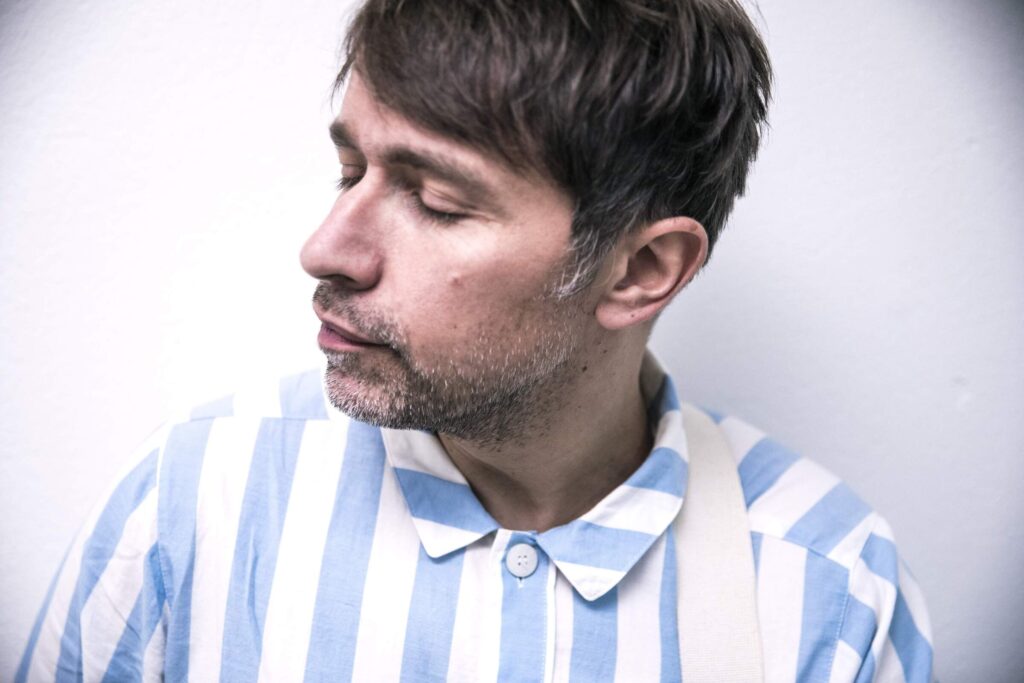
SunYears builds on the Americana-tinged, intimate style you introduced in “Come Fetch My Soul.” How do you approach evolving your sound between albums while keeping the project’s core identity intact?
That’s tricky in a sense because I really don’t appreciate musical hats and genre boxes. I understand it makes music easier to sell maybe, but for me, it’s just less fun thinking along those limits, at least when writing songs. But certain limitations and dogmas I think are helpful when recording and arranging. For me, SunYears is about the dual thing of my personal writing and guitar playing but then playing live with musicians in a studio. Everyone’s chipping in. So I’m driving the project, but it’s approached as a band recording. Also, it’s often the same musicians on both records, so it is in fact an actual band, not just a concept. For me, that ties it together, at least at the moment, maybe it’ll change. But right now I want it to be about capturing a performance in the moment, and I also think it’s a type of record I can do well. So a few people on the floor, arranging together. Then of course, it has the thread of the duets and the guitar instrumentals as well. I don’t really think in terms of style of the songwriting; that can be sprawling, which reflects my taste. It just has to feel natural and good in the gut. My voice, melodies, plus the band playing ties it together, so in that sense, the dogma is kind of rooted in an old-school style of recording. I started recording this second album even before the first one was out, so to me it was almost just like an ongoing thing, a flow. Like chapter one and two. But maybe this new one has a few more rocking tracks that veer closer to some PBJ recordings. I can’t wait to see where we’ll go next, but I’ll definitely stick with guitar focus and live performance for sure. And the same core folks. Maybe even more minimal and bare. I love when a few elements really get to shine.
What’s next for you?
I’m gonna head out on the road in Europe with Robert Forster this fall, leading his Swedish band, and we might bring that band to Australia next year as well. In 2026, we also have some 20th-anniversary shows with Peter Bjorn and John celebrating our most famous album ‘Writer’s Block.’ At least that’s the plan. I really want to play more with SunYears live. I have a great little live trio, so I’m trying out ways to make that doable, probably mainly in Sweden to begin with. And I have lots of songs I need to finish. We’ll see where they all end up!
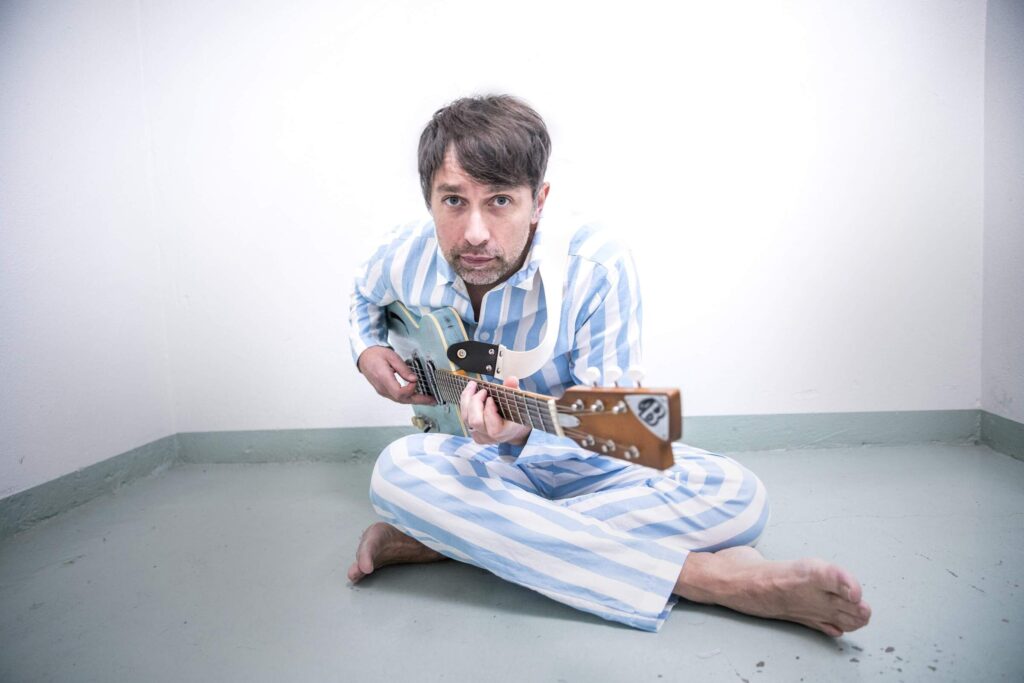
Last one, but a fun one. If we were to stop by and find you listening to some of the latest music or records, tell us what we would be hearing?
At the moment, I’m reading the new bio on the Everly Brothers, so I’m falling into the rabbit hole of revisiting their catalogue. And this summer, I’ve mostly been listening to old jazz, folk rock, and going through all The Coral’s records, a lot of which I missed the first time around. But when I do come around to listening to new stuff again, I’m really looking forward to the new Madison Cunningham album. She, of course, guested on my record and is just awesome. Jeff Tweedy’s new record too. I actually these days am more drawn to his solo stuff than Wilco; it has a raggedness I appreciate. I loved the last Michael Kiwanuka record, and he has a new one coming now again, so I’ll check that out. Cate Le Bon’s always interesting, so I’ll check out her new one. I keep returning to Julian Lage too. De Clair is a new artist who sang on my record that I really look forward to hearing new stuff from. I had to listen to James Yorkston’s new one with Nina Persson and Johanna Söderberg because I play on it. Really, there’s so much music, new and old, I keep discovering, and it’s just a treasure trove of inspiration. Music is just my lifeline. Doing my own but also just listening. One thing I have to say is that I often find that new singer-songwriters in the singer-songwriter or folk rock or indie lane who are most compelling and interesting are female. I don’t have to name-drop tons of names, but just going through what I often listen to on streaming is new female artists, which I think is great, because God knows that when it comes to what classic rock and pop music has formed me in the past, it has been more male than female percentage-wise. So it’s about time I change that!
Klemen Breznikar
Headline photo: SunYears, Peter Morén (Credit: Tina Axelsson)
SunYears Facebook / Instagram / YouTube / Bandcamp
Villa Website / Facebook / Instagram / Bandcamp
